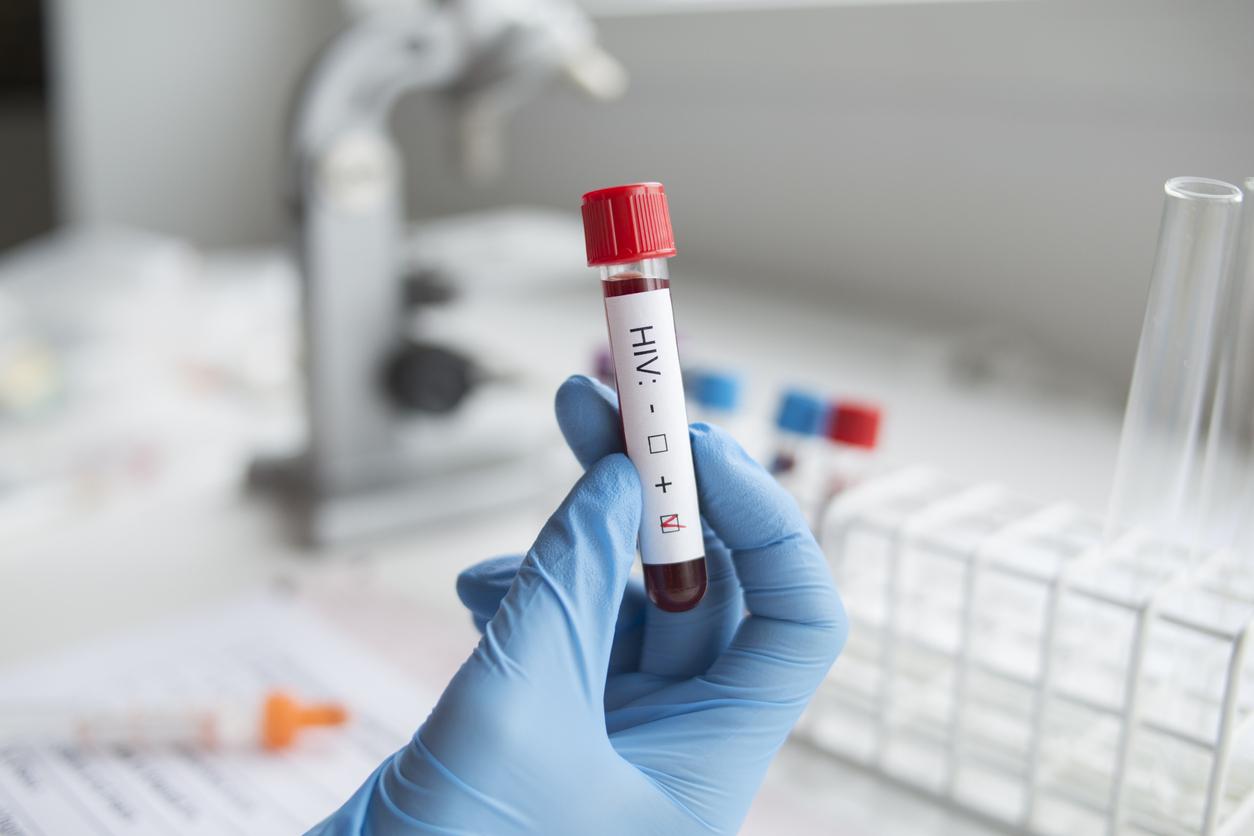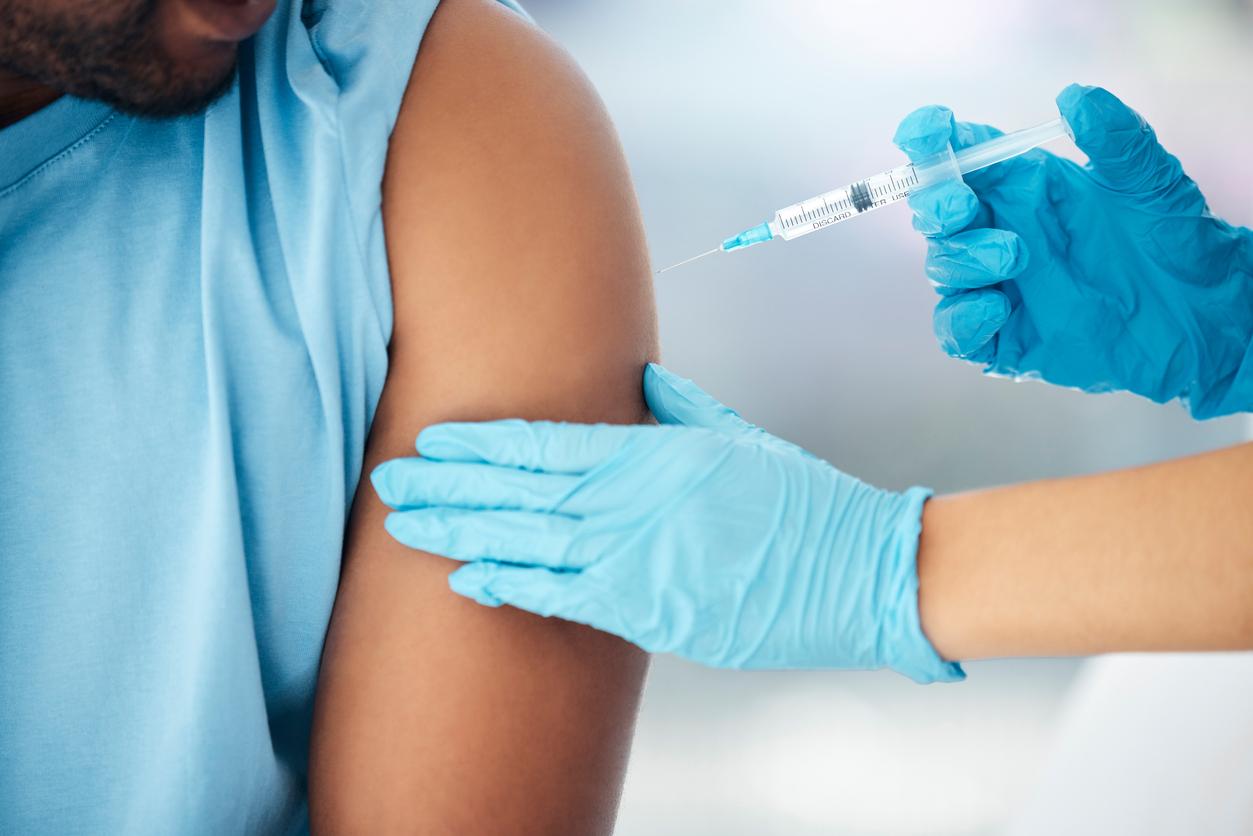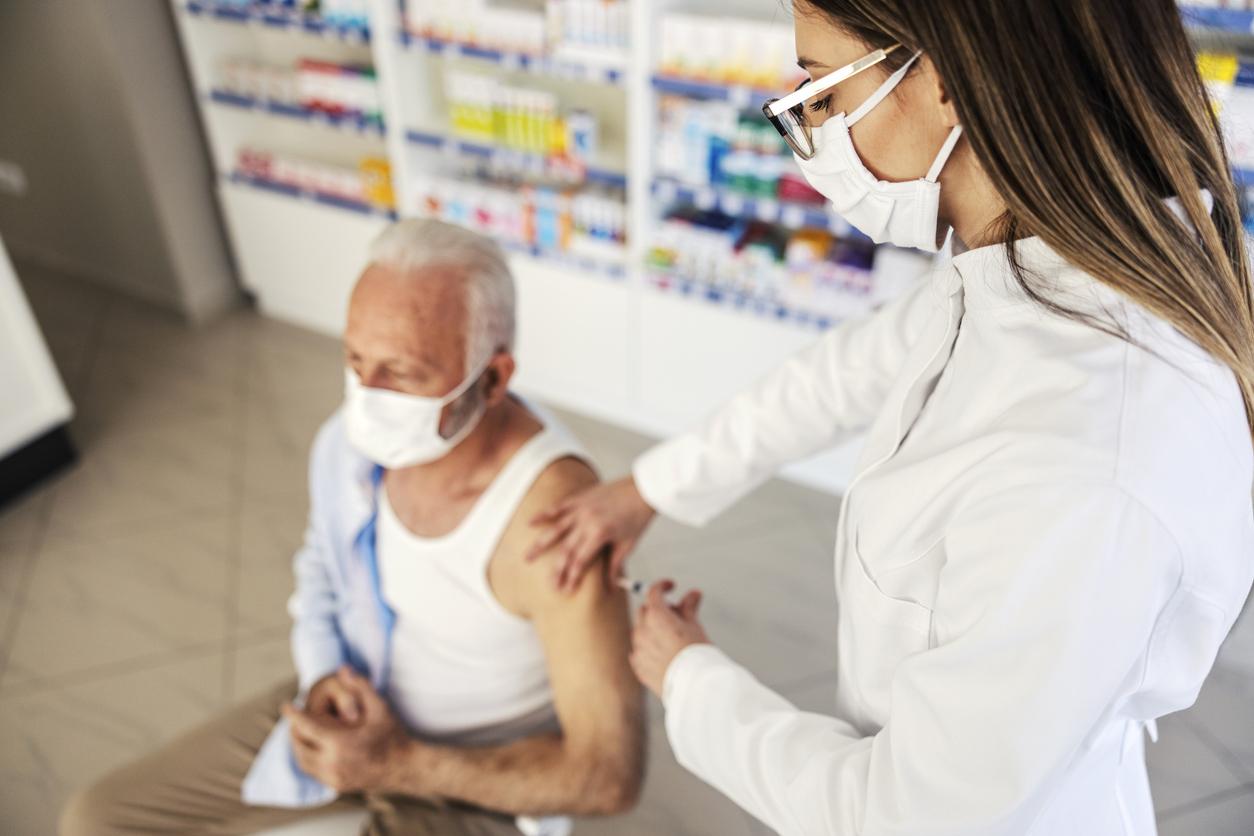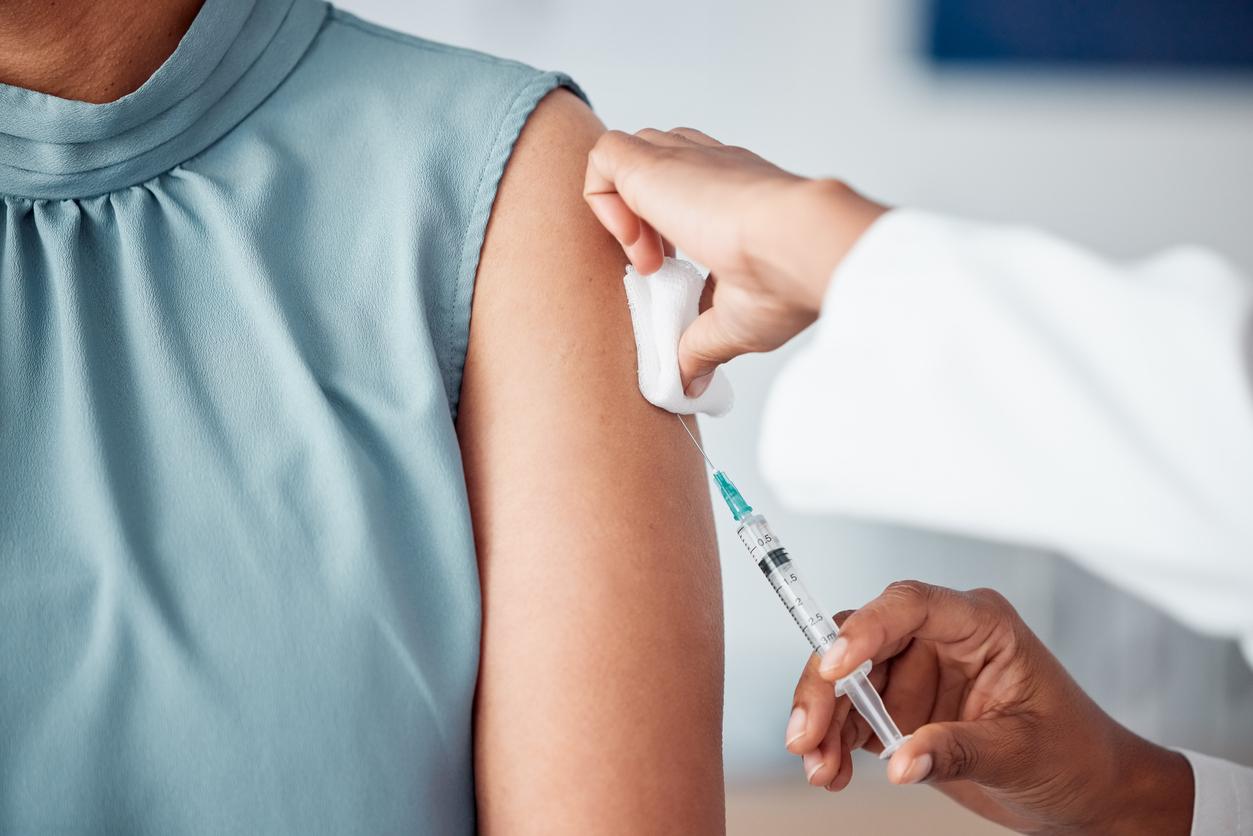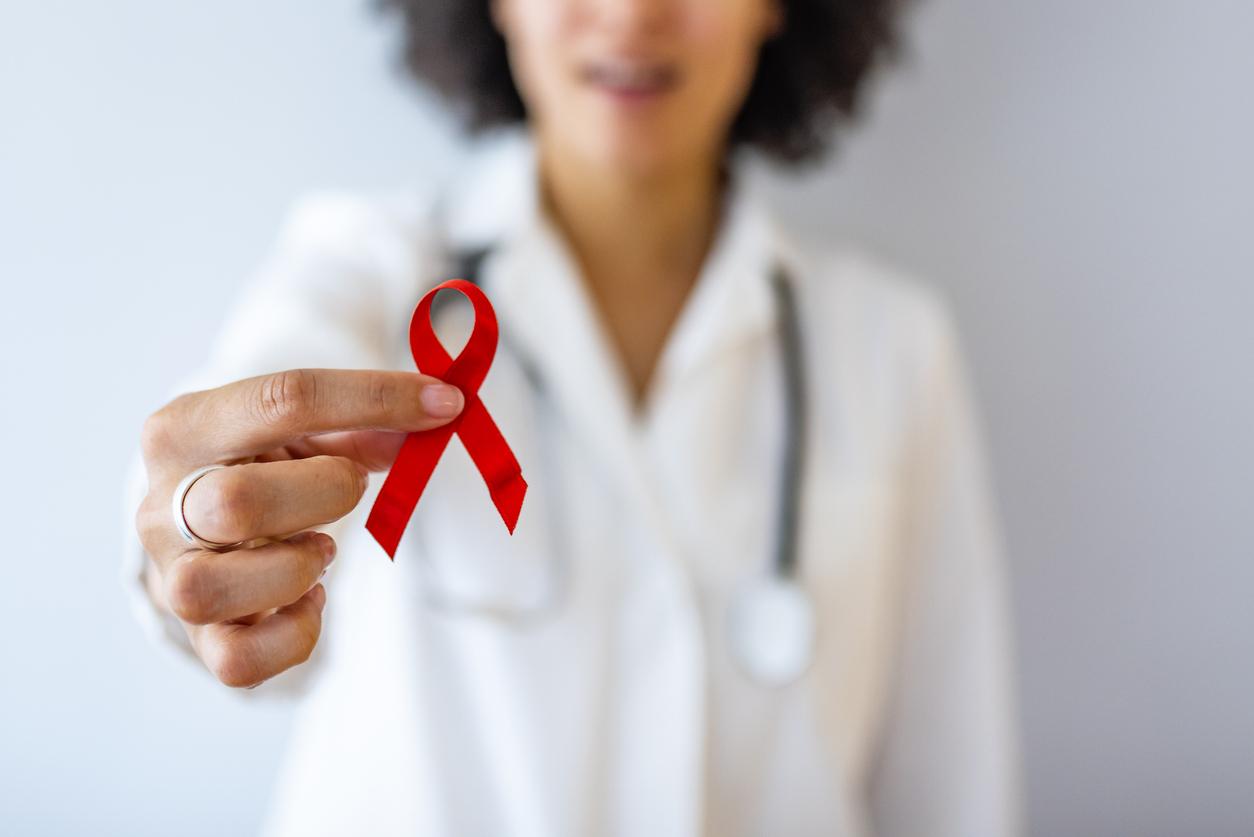The risk of contracting Covid-19 is not the same depending on the seat selected by the passenger in public transport, according to a recent study. Researchers have revealed which seat to choose to be less exposed to the virus.
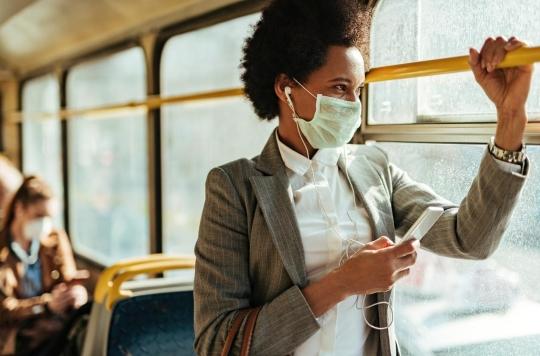
- Access to a plane or a train is only possible if the traveler presents a health pass, that is to say a complete vaccination schedule or a PCR or antigen test less than 24 hours old.
- Passengers seated on the window side have less risk of contracting Covid-19.
- Passengers seated on the window side would have less risk of contracting Covid-19.
Window, hallway, direction of travel? Usually, when choosing a seat on a train, we first think of its comfort. But a new parameter could soon be taken into account: the risk of Covid-19 infection. According to a study published in the journal Physics of Fluidsyou should sit in specific places in public transport to limit the risk of catching Covid-19.
To reach this conclusion, the researchers analyzed the ventilation systems present in public transport, which they modeled as rectangular spaces with rows of three people seated, similar to those found in TGV or planes. In the model of public transport developed by the scientists, the air conditioning arrived from the top and was extracted through the vents, located downwards, near the windows. “24.1% of droplets are eliminated in the first 40 seconds”, the researchers observed. The purpose of their experiments was to assess the risks of transmission of Covid-19.
Fewer droplets transmitted near the window
After their experiments, the authors of the study estimated that the risks of contamination would not be the same depending on the place chosen. They found that passengers seated near the window dispersed fewer droplets and micro-droplets because these went more towards the top of the space. These results were observed compared to other travellers.
Conversely, on the aisle side, exhaled droplets fell more downwards as they were sucked in by the ventilation system. The scientists concluded that the risk of contracting Covid-19 was lower for people seated at the ends of the rows in public transport: window side and aisle side.
According to the researchers, the person sitting in the middle has a greater risk of infecting others. In the rows of three people they studied, they estimated that the exhalations of a passenger positive for Covid-19 and placed in the middle would tend to go towards the user on the aisle. People seated on the aisle side would therefore be more at risk of being infected with the virus.
The ventilation system in transport is important
In the face of the fifth wave of the Covid-19 epidemic, researchers have called for better design of space and ventilation systems in public transport. Nevertheless, they recognized some limits to their study: it was not carried out in real conditions. Sound pressure, airflow over time, passenger volume and tone, head orientation, behavior could affect the results.
30% risk of being contaminated on the train
According to a study carried out by the Institut Pasteur between May 23 and August 13, 2021 on the Delta variant, certain means of transport were associated with a moderate excess risk of infection. This risk would increase by 30% for the car shared with relatives and friends (excluding carpooling platforms for which no excess risk has been observed), by 50% in a taxi, by 20% in the metro, 30% on the train and 70% on the plane.
.









